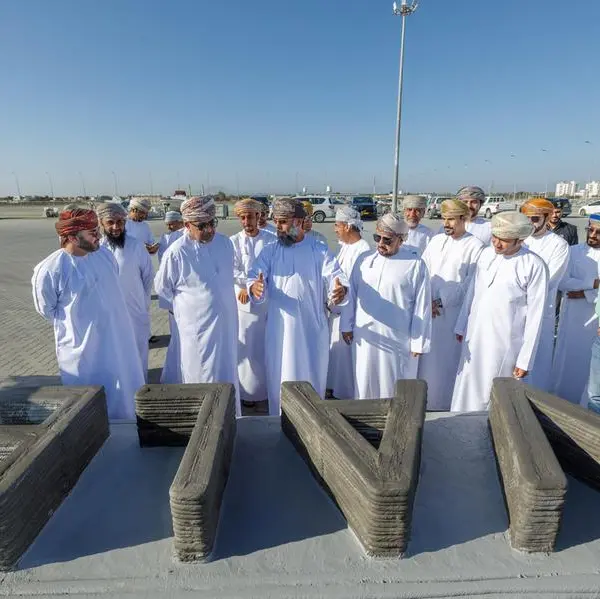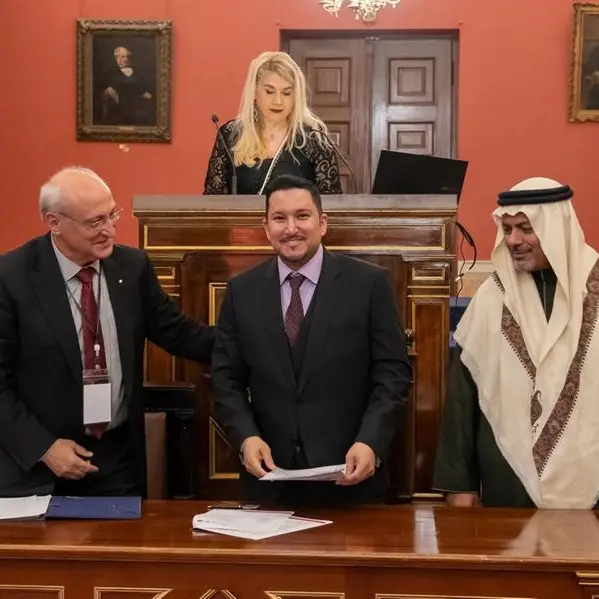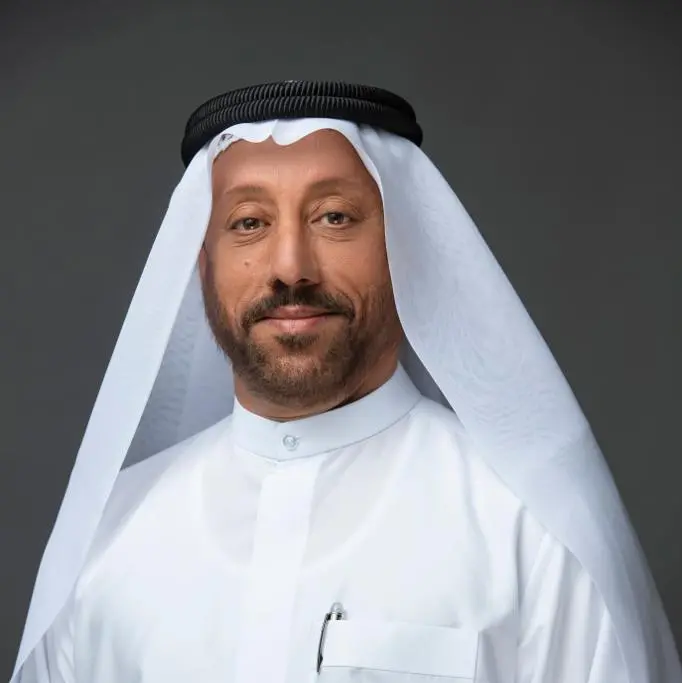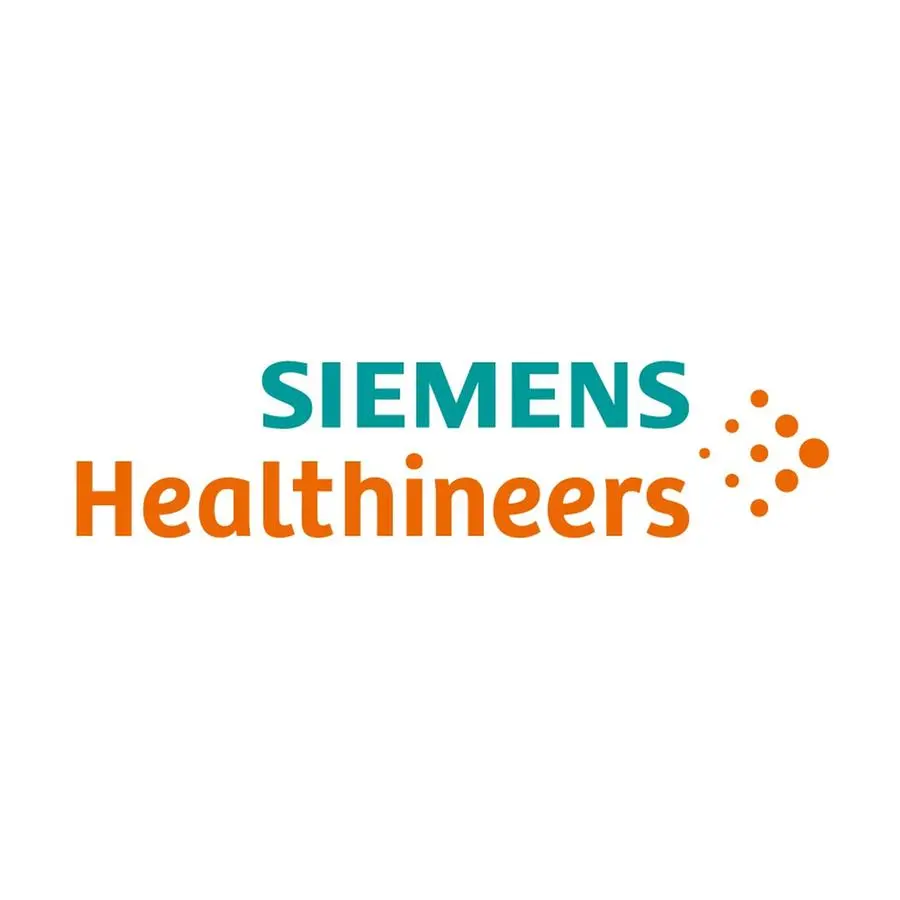PHOTO
- The FEED studies targeted up to 32 percent by volume hydrogen blending with natural gas and identified potential modifications to the power generation assets
- Carbon Capture assessment suggests that the use of an Exhaust Gas Recirculation (EGR) system can lead to more than 7 percent savings of the total cost of the carbon capture facility, as compared to installing CCS without the EGR system, and 6 percent savings of carbon capture operation costs at the site conditions considered in the study
Al Khobar, KINGDOM OF SAUDI ARABIA – GE Vernova Inc. (NYSE: GEV) and Saudi Arabia’s Ash Sharqiyah Operations & Maintenance Company (ASHOMCo) announced today the completion of three Front-End Engineering Design (FEED) studies analyzing the possibility to lower the net carbon emissions of three cogeneration plants located in the Kingdom of Saudi Arabia. GE Vernova completed the assessment of pre-combustion and post-combustion technologies at the three plants powered by GE Vernova’s 7E and 7F gas turbines and delivering up to 920 Megawatt (MW) of combined power and 1400 tons/hr of steam, a capacity equivalent to the average power needed by 920.000 Saudi homes.
“Our participation in the GE Vernova-led studies underscores our dedication to accelerating advanced solutions for potentially retrofitting the existing power plants to meet stringent carbon emission standards, a vital step towards producing more sustainable energy,” said Rob Hayes, Executive Manager, ASHOMCo. “GE Vernova led the full-scale integration of the study with the ultimate goal of lowering the net carbon emissions of the three power plants.”
GE Vernova accomplished a hydrogen-readiness assessment for the three power plants as well as conducting assessments to improve performance and costs in the installation of possible carbon capture, utilization, and sequestration (“CCUS”) systems at the three power plants.
GE Vernova 7E and 7F gas turbines can already operate today with hydrogen blend at up to 100 percent with modifications to the Standard Combustors. GE Vernova’s FEED studies explored solutions to enable operations using blends of natural gas and hydrogen, with hydrogen accounting for up to 32 percent by volume at those three plants, and defined the necessary modifications to the existing combustor systems with view to achieving this level of hydrogen blending.
The studies also focused on retrofitting the three power plants with technology capable of capturing up to 95 percent of the plant’s carbon dioxide (CO2) emissions. The studies concluded that the integration of GE Vernova’s Exhaust Gas Recirculation (EGR) system could lead to a reduction of more than 7 percent of the total cost of the carbon capture facility, as compared to installing CCS without the EGR system, and 6 percent reduction of carbon capture operational costs per year, at the site conditions considered in the study.
“The first of this kind carbon capture assessment accomplished in the Kingdom of Saudi Arabia by GE Vernova proposes significant enhancements aiming to improve the proposed carbon capture process and reduce its impact on the power plants’ output, performance, and equipment costs,” said Joseph Anis, President & CEO of GE Vernova's Gas Power business in Europe, Middle East & Africa. “We remain committed to supporting the advancement of the region’s energy goals, working alongside players such as ASHOMCo, and we hope that this collaboration will pave the way to adopt more sustainable combustion fuels, such as hydrogen, and carbon capture technologies to support ASHOMCo’s decarbonization efforts.”
© 2024 GE Vernova and/or its affiliates. All rights reserved.
GE and the GE Monogram are trademarks of General Electric Company used under trademark license.
Forward Looking Statements:
This document contains forward-looking statements – that is, statements related to future events that by their nature address matters that are, to different degrees, uncertain. These forward-looking statements often address GE Vernova’s expected future business and financial performance and financial condition, and the expected performance of its products, the impact of its services and the results they may generate or produce, and often contain words such as “expect,” “anticipate,” “intend,” “plan,” “believe,” “seek,” “see,” “will,” “would,” “estimate,” “forecast,” “target,” “preliminary,” or “range.” Forward-looking statements by their nature address matters that are, to different degrees, uncertain, such as statements about planned and potential transactions, investments or projects and their expected results and the impacts of macroeconomic and market conditions and volatility on the Company’s business operations, financial results and financial position and on the global supply chain and world economy.
About GE Vernova:
GE Vernova (NYSE: GEV) is purpose-built global energy company that includes Power, Wind, and Electrification segments and is supported by its accelerator businesses. Building on over 130 years of experience tackling the world’s challenges, GE Vernova is uniquely positioned to help lead the energy transition by continuing to electrify the world while simultaneously working to decarbonize it. GE Vernova helps customers power economies and deliver electricity that is vital to health, safety, security, and improved quality of life. GE Vernova is headquartered in Cambridge, Massachusetts, U.S., with more than 75,000 employees across 100+ countries around the world. Supported by the Company’s purpose, The Energy to Change the World, GE Vernova technology helps deliver a more affordable, reliable, sustainable, and secure energy future. GE Vernova’s Gas Power business engineers advanced, efficient natural gas-powered technologies and services, along with decarbonization solutions that aim to help electrify a lower carbon future. It is a global leader in gas turbines and gas power plant technologies and services with the industry’s largest installed base of approximately 7,000 gas turbines.
GE Vernova’s mission is embedded in its name – it retains its legacy, “GE,” as an enduring and hard-earned badge of quality and ingenuity. “Ver” / “verde” signal Earth’s verdant and lush ecosystems. “Nova,” from the Latin “novus,” nods to a new, innovative era of lower carbon energy. Learn more: GE Vernova and LinkedIn.
For more information, contact:
Laura Aresi
Media Relations Leader - Power
GE Vernova
Laura.Aresi@ge.com
Abeer Masood
Regional Communications Director
GE Vernova
Abeer.masood@ge.com


















